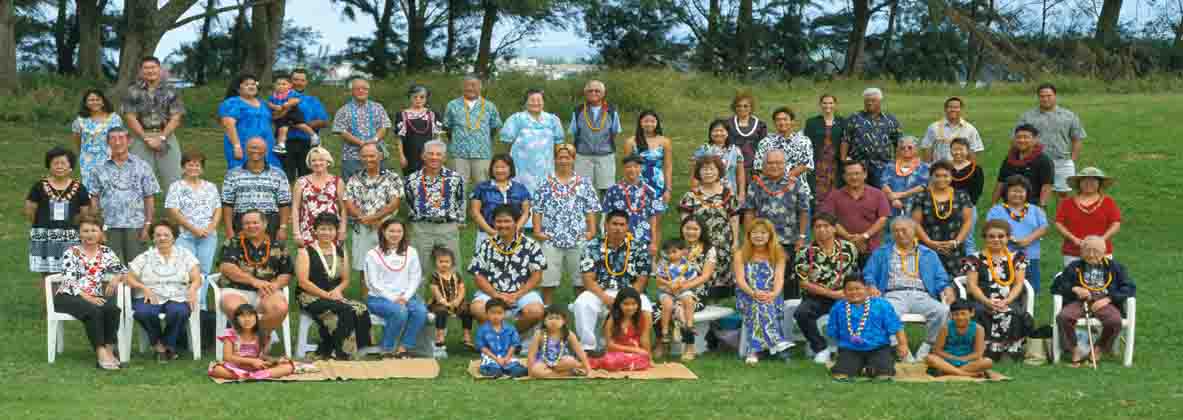The earliest immigrants from Japan took risks, crossed oceans, embraced new communities, and established roots in unfamiliar places. Their children became the first Americans of Japanese ancestry; many created multiracial and multiethnic families. Whether in the Territory of Hawai‘i or the contiguous U.S., these pioneers established the early foundation of Japanese America.
The exhibition explores early Japanese pioneers to Hawai‘i (Gannenmono), California (Wakamatsu Tea and Silk Farm), and Oregon (Orient).
Miya Iwakoshi with adopted Japanese daughter Tama Nitobe (on left), Orient, Oregon, ca. 1901. Courtesy of Oregon Historical Society (48922).
















